Home>diy>Architecture & Design>Who Invented CAD
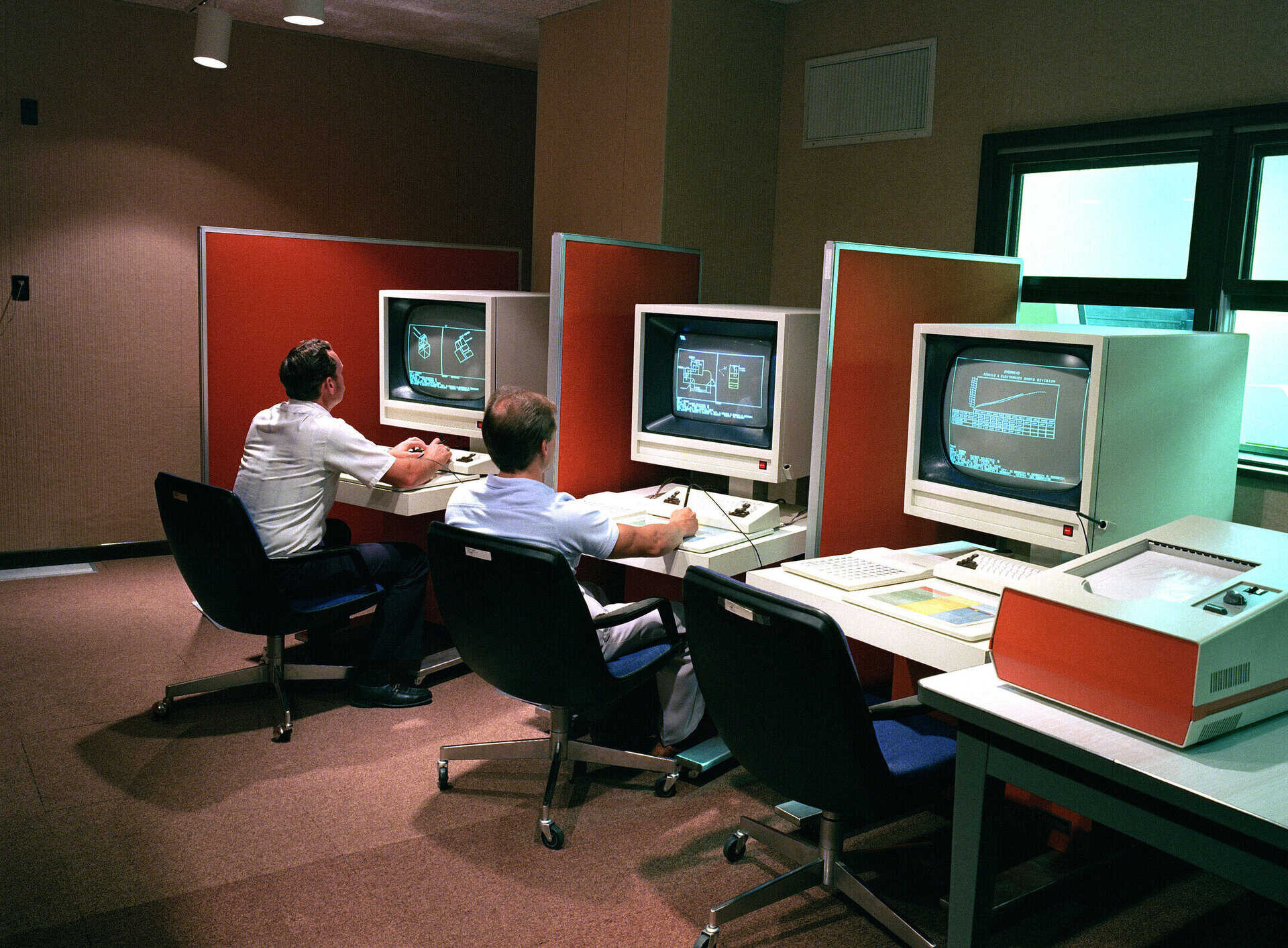

Architecture & Design
Who Invented CAD
Modified: March 9, 2024
Discover the brilliant mind behind CAD technology and its impact on architecture design. Explore the history and evolution of this revolutionary invention.
(Many of the links in this article redirect to a specific reviewed product. Your purchase of these products through affiliate links helps to generate commission for Storables.com, at no extra cost. Learn more)
Introduction
In today’s digital age, computer-aided design (CAD) has become an indispensable tool for architects, engineers, and designers. From architectural blueprints to intricate product designs, CAD software revolutionized the way we conceptualize and create complex structures and objects. But who exactly can we credit for the invention of this revolutionary technology?
The origins of CAD can be traced back to the early days of computer science and engineering, when visionary individuals began exploring the potential of computers to assist in design processes. Over the years, CAD has evolved from basic 2D drafting tools to sophisticated 3D modeling capabilities, enabling designers to create and visualize intricate designs with remarkable precision and efficiency.
In this article, we will delve into the early developments in CAD technology, explore the key figures who played a pivotal role in its invention, and highlight the significant advancements that have shaped CAD into what it is today.
Stay tuned as we take a journey through time to uncover the fascinating history of CAD and the brilliant minds behind its creation.
Key Takeaways:
- The Evolution of CAD
From the early experiments in the 1940s to the sophisticated 3D modeling and parametric design of today, CAD has transformed the design process, revolutionizing the way we visualize and create complex objects and structures. - Impact of Visionary Minds
Visionary individuals like Ivan Sutherland and the introduction of Sketchpad laid the foundation for the revolutionary advancements in CAD technology. Their pioneering work continues to shape the way designers and engineers approach the design process, driving progress and innovation in the industry.
Read more: Who Invented The Mattress
Early Developments in CAD Technology
The seeds of CAD were sown long before the advent of modern computers. In the 1940s and 1950s, engineers and researchers began experimenting with computer-aided design systems, albeit in their primitive forms. These early systems relied on punch cards and input-output devices to assist in drafting and design processes.
One notable breakthrough came in the early 1960s with the development of Ivan Sutherland’s Sketchpad, considered a milestone in the history of CAD. It allowed designers to interact with a computer using a light pen, enabling the creation and manipulation of geometric shapes on a display screen.
Sutherland’s groundbreaking work laid the foundation for future innovations in CAD technology and opened up a world of possibilities for digital design.
<p>To be continued…
Key Takeaways:
- The Evolution of CAD
From the early experiments in the 1940s to the sophisticated 3D modeling and parametric design of today, CAD has transformed the design process, revolutionizing the way we visualize and create complex objects and structures. - Impact of Visionary Minds
Visionary individuals like Ivan Sutherland and the introduction of Sketchpad laid the foundation for the revolutionary advancements in CAD technology. Their pioneering work continues to shape the way designers and engineers approach the design process, driving progress and innovation in the industry.
Read more: Who Invented The Mattress
Early Developments in CAD Technology
The origins of computer-aided design (CAD) can be traced back to the early days of computer science and engineering. In the 1940s and 1950s, engineers and researchers started exploring the potential of computers to assist in the design and drafting processes. Although these early systems were rudimentary compared to modern CAD software, they laid the foundation for the revolutionary technology that would eventually transform the field of design.
During this time, CAD systems typically relied on punch cards and input-output devices to facilitate drafting and design tasks. The idea was to automate repetitive and time-consuming tasks while increasing accuracy and efficiency. However, these systems were nowhere near as sophisticated as contemporary CAD software.
One of the most significant breakthroughs in the early development of CAD came in the early 1960s with the creation of Sketchpad by Ivan Sutherland, a computer scientist and pioneer in the field of computer graphics. Sketchpad is considered a milestone in the history of CAD as it introduced the concept of interactive computer graphics and digital design manipulation.
What made Sketchpad so revolutionary was its ability to allow designers to interact with a computer using a light pen. This enabled them to create and manipulate geometric shapes directly on the display screen, augmenting the traditional drafting process and providing designers with incredibly powerful tools at their fingertips.
Sketchpad also introduced the concept of “constraints,” which allowed designers to specify relationships between objects. For example, a line could be fixed to always remain parallel to another line or perpendicular to a specific point. Constraints made it easier to iterate on designs and maintain consistency throughout the drafting process.
While Sketchpad was a significant leap forward, the technology at the time was limited. Computers were large and expensive machines with limited processing power. Therefore, CAD systems remained mainly limited to research and academic institutions.
However, the development of Sketchpad set the stage for further advancements in CAD technology. Researchers and engineers began to recognize the potential of computer-assisted design, and efforts to refine and improve the technology continued throughout the 1960s and 1970s.
Early CAD systems in the 1960s and 1970s still largely focused on 2D drafting and design. These systems utilized vector graphics, allowing designers to create and manipulate drawings using lines, curves, and other geometric primitives. CAD became particularly popular in industries such as architecture, automotive design, and aerospace, where precise technical drawings were of utmost importance.
To be continued…
Ivan Sutherland and Sketchpad
When discussing the early developments in computer-aided design (CAD), one name stands out: Ivan Sutherland. An American computer scientist, Sutherland is widely recognized as a pioneer in the field of computer graphics and is credited with the creation of one of the most significant CAD innovations in history: Sketchpad.
Born in 1938, Ivan Sutherland developed a passion for computers and technology at an early age. He went on to obtain his Ph.D. in electrical engineering from the Massachusetts Institute of Technology (MIT) in 1963. It was during his Ph.D. research that Sutherland made groundbreaking discoveries that would lay the foundation for modern CAD technology.
In 1963, Sutherland introduced the world to Sketchpad—a revolutionary computer program that allowed designers to create and manipulate graphical objects directly on a display screen using a light pen. Sketchpad was far ahead of its time, providing a glimpse into the future of design and CAD technology.
Sketchpad was not just a tool for creating digital drawings; it introduced the concept of interactive computer graphics. Designers could interact with the computer in real-time, manipulating objects, zooming in and out, and applying various transformations to their drawings. This level of interactivity was nothing short of groundbreaking in an era when computers were primarily seen as calculating machines.
What made Sketchpad truly unique was its ability to introduce geometric constraints and relationships between objects. Designers could specify parameters, such as the distance between points or the angle between lines, and Sketchpad would automatically adjust the drawing to maintain those constraints. This feature, known as “constraint-based modeling,” laid the foundation for modern parametric design, a fundamental aspect of many CAD systems today.
Despite its remarkable capabilities, Sketchpad was limited by the computing technology of the time. The expensive and complex hardware required to run Sketchpad restricted its use to research and academic institutions.
However, the influence of Sketchpad cannot be underestimated. It not only opened up new possibilities for design and engineering but also inspired subsequent generations of researchers and engineers to push the boundaries of CAD technology further.
Ivan Sutherland’s groundbreaking work with Sketchpad earned him numerous accolades, including the Turing Award—the highest honor in computer science—in 1988. His seminal contributions to computer graphics and computer-aided design have had a profound and lasting impact on the way we design and visualize complex objects and structures.
The legacy of Ivan Sutherland and his creation, Sketchpad, lives on in modern CAD software, where designers continue to push the boundaries of creativity and innovation, thanks to the foundations laid by these early groundbreaking developments.
Evolution of CAD in the 1960s-1970s
The 1960s and 1970s were pivotal decades for the evolution of computer-aided design (CAD). During this time, CAD systems began to gain traction and move beyond research labs into commercial applications. The advancements made during this period not only expanded the capabilities of CAD but also paved the way for the widespread adoption of this transformative technology.
One of the key developments during this era was the introduction of commercial CAD systems that focused on 2D drafting and design. These systems utilized vector graphics, allowing designers to create and manipulate drawings using lines, arcs, circles, and other geometric primitives.
In 1963, the Electronic Drafting Machine (EDM) by Patrick J. Hanratty became one of the earliest commercial CAD systems. It automated the process of converting pencil-and-paper drawings into digital format, significantly reducing the time and effort required for drafting.
Another notable development came in 1966 when Dr. Patrick J. Hanratty founded the firm MCS (Manufacturing and Consulting Services) to further develop and market CAD software. MCS introduced a CAD system called DAC (Design Automated by Computer), which gained recognition in the aerospace industry.
By the late 1960s, CAD systems were being widely adopted in industries such as automotive design, aerospace engineering, and architecture. These industries recognized the significant advantages that CAD offered in terms of accuracy, efficiency, and the ability to iterate on designs more easily.
In 1969, the developments in CAD technology took a leap forward with the creation of the Computer-Aided Design and Drafting (CADD) system by the General Motors Research Laboratories and IBM. This system allowed designers to create and modify designs using interactive graphics systems, marking a shift from the traditional manual drafting methods.
Throughout the 1970s, CAD technology continued to evolve rapidly. One significant advancement was the introduction of “scratch-pad” graphics systems, which allowed designers to manipulate graphics using a light pen directly on a graphics tablet. This level of interactivity and ease of use made CAD more accessible and intuitive.
However, CAD systems during this period still relied on expensive mainframe computers and were limited in their capabilities compared to modern CAD software. Nevertheless, the foundation for future developments was laid, and the potential of CAD technology became increasingly evident.
It is worth noting that during this period, CAD was primarily used for 2D drafting and design. The concept of 3D modeling was still in its infancy and would gain prominence in the years to come.
The evolution of CAD in the 1960s and 1970s laid the groundwork for the advancements that would shape the future of design and engineering. It marked the transition from manual drafting methods to computer-assisted design, setting the stage for the powerful CAD systems we use today.
Read more: Who Invented Countertops
Introduction of Solid Modeling
In the history of computer-aided design (CAD), one of the most significant milestones came with the introduction of solid modeling. Solid modeling revolutionized the way designers could represent and manipulate three-dimensional objects on a computer, opening up new possibilities for design and engineering.
Prior to solid modeling, CAD systems primarily focused on 2D drafting and the representation of objects as lines and curves. While this was sufficient for many applications, it did not fully capture the complexities of real-world objects, such as their volume, surface properties, and internal structures.
The transition to solid modeling began in the 1970s, driven by the growing demand for more realistic and accurate representations of objects in the design process. Solid modeling allowed designers to create digital models that represented the physical properties of objects, including their shape, volume, and material properties.
One of the pioneering systems in solid modeling was the Sketchpad 3D system developed by Ivan Sutherland and his colleagues at Evans & Sutherland. This system introduced the concept of wireframe modeling, where objects were represented as a network of interconnected lines and vertices in three-dimensional space.
Wireframe modeling was a significant step forward, as it provided designers with a more accurate representation of objects and allowed for increased precision and control. However, it still lacked the ability to represent the interior of objects and their surface properties.
The breakthrough in solid modeling came with the development of boundary representation (B-rep) techniques. B-rep allowed designers to represent objects as a collection of surfaces, edges, and vertices, providing a more comprehensive and detailed representation. This enabled designers to accurately define complex shapes, including curved surfaces and irregular geometries.
One of the pioneering systems that utilized B-rep techniques was the Romulus system developed by Ian Braid and Derek Pollard at Cambridge University in the late 1970s. Romulus introduced the concept of constructive solid geometry (CSG), which allowed designers to create complex shapes by combining simple geometric primitives, such as cubes, spheres, and cylinders.
The introduction of solid modeling brought significant advancements to CAD technology. Designers could now create and manipulate realistic three-dimensional models, incorporating details such as fillets, chamfers, and surface textures. The ability to visualize objects in 3D space facilitated better analysis, simulation, and communication throughout the design process.
While early solid modeling systems were computationally intensive and required expensive hardware, advancements in computer technology gradually made solid modeling more accessible. CAD software companies began incorporating solid modeling capabilities into their products, and the technology continued to evolve rapidly.
Today, solid modeling is a fundamental aspect of modern CAD software. It forms the basis for parametric modeling, where changes made to the model automatically update related features and dimensions. This level of flexibility and intelligence in the design process has significantly enhanced productivity and efficiency for designers and engineers.
The introduction of solid modeling was a pivotal moment in the history of CAD, transforming it from a drafting tool to a powerful design and engineering tool. It provided designers with the ability to create and manipulate realistic three-dimensional objects, revolutionizing the way we conceptualize and bring ideas to life.
The first commercial CAD software was developed by Ivan Sutherland and his student David Evans in the early 1960s, called “Sketchpad.”
Emergence of 2D CAD Software
As computer-aided design (CAD) technology continued to evolve in the 1970s and 1980s, a significant development occurred with the emergence of 2D CAD software. 2D CAD software revolutionized the design and drafting processes, providing designers with powerful tools and increased efficiency in creating technical drawings.
Prior to the introduction of 2D CAD software, designers relied on traditional manual drafting methods to produce technical drawings. These methods involved using pencils, rulers, and drafting tools to meticulously create and annotate drawings on paper. While this approach worked, it was time-consuming, prone to errors, and made it laborious to make revisions or modifications.
The advent of 2D CAD software changed the landscape of design and drafting. It allowed designers to create and manipulate drawings directly on a computer, providing greater accuracy, faster turnaround times, and enhanced ease of modification.
One of the early pioneers in 2D CAD software was the Autodesk company, founded by John Walker and several co-founders in 1982. Autodesk introduced AutoCAD, a groundbreaking software that quickly became the industry standard for 2D CAD.
AutoCAD revolutionized the design industry by providing a comprehensive suite of tools for creating and editing technical drawings. Designers could now create precise geometric shapes, define dimensions, and apply annotations and labels—all within a digital environment.
AutoCAD’s popularity grew rapidly, and it established itself as a dominant force in the CAD market. As the software evolved, it introduced innovative features such as layers, which enabled designers to organize and control the visibility of different components within their drawings.
During this same time, other companies also entered the market with their 2D CAD software offerings. Competitors such as MicroStation, DraftSight, and CorelCAD provided alternative options for designers and helped to advance the capabilities and accessibility of 2D CAD software.
With the rise of 2D CAD software, the design process became more efficient and streamlined. Designers could easily make revisions and modifications to their drawings, eliminating the need for manual erasing and redrawing. The software offered built-in tools for precise measurements, intelligent snapping points, and automatic dimensioning, further enhancing accuracy and productivity.
2D CAD software also played a crucial role in the standardization of technical drawings. It allowed for the creation of digital templates and libraries, ensuring consistency and conformity across multiple drawings within an organization or industry.
Today, while 3D modeling and parametric design have gained prominence, 2D CAD software continues to be a vital tool in many design disciplines. It remains the go-to choice for creating technical drawings, architectural floor plans, electrical schematics, and other 2D representations.
The emergence of 2D CAD software transformed the design and drafting industry, ushering in a new era of efficiency, accuracy, and standardization. It paved the way for further advancements in CAD technology, setting the stage for the comprehensive and dynamic software solutions we have today.
Pro/ENGINEER and the Rise of Parametric Modeling
In the realm of computer-aided design (CAD), the introduction of Pro/ENGINEER in the 1980s marked a significant turning point. Pro/ENGINEER, developed by the PTC (Parametric Technology Corporation), played a pivotal role in popularizing the concept of parametric modeling, revolutionizing the way designers and engineers created and modified their digital models.
Prior to the emergence of parametric modeling, CAD systems primarily relied on 2D drawings or 3D wireframe models. Modifying these models was often a cumbersome and time-consuming process, as changes made to one part of the design had to be manually updated throughout the entire model. This led to inefficiencies and potential errors.
Pro/ENGINEER, released in 1988, revolutionized the design process by introducing parametric modeling—a paradigm that allowed designers to define relationships and dependencies between different components of a model. This meant that changes made to one part of the design automatically propagated throughout the entire model, ensuring consistency and reducing the need for manual updates.
One of the key features of Pro/ENGINEER was the ability to define parameters and constraints. Designers could assign dimensions, angles, and relationships between components within the model, creating a digital representation that was driven by these parameters. This introduced a level of intelligence and automation into the design process, significantly reducing the time and effort required to make modifications.
For example, if the dimension of a part needed to be changed, Pro/ENGINEER would automatically update all related components based on the defined parameters and constraints. This flexibility enabled designers to explore multiple design iterations quickly and efficiently, improving productivity and encouraging innovation.
Parametric modeling also enabled the creation of families of designs. By defining a set of parameters and constraints, designers could easily generate variations of a base model, such as different sizes, versions, or configurations. This streamlined the process of creating product families and allowed for efficient customization.
The success of Pro/ENGINEER sparked a revolution in the CAD industry, with other software companies adopting and refining the concept of parametric modeling in their own software offerings. SolidWorks, Siemens NX, and CATIA are just a few examples of CAD software that also embrace parametric modeling principles.
The rise of parametric modeling fundamentally changed the way designers and engineers approached the design process. The ability to create intelligent, highly adaptable models not only improved efficiency but also facilitated collaboration and reduced the risk of errors.
Over time, parametric modeling has continued to evolve, incorporating features such as assembly constraints, advanced part libraries, and integrated analysis tools. These advancements have allowed for greater complexity and sophistication in the design process, further empowering designers and engineers to create high-quality products.
Today, parametric modeling is a standard feature in modern CAD software, enabling designers to create complex, highly customizable models efficiently. Its widespread adoption has transformed the design industry and continues to drive innovation in product development across various sectors.
The advent of Pro/ENGINEER and the rise of parametric modeling represents a significant milestone in the history of CAD, forever changing the way products are designed and manufactured. It has set the stage for more advanced digital design processes, fueling creativity and pushing the boundaries of what is possible in the world of engineering and design.
Advancements in CAD Technology in the 1990s-2000s
The 1990s and 2000s witnessed remarkable advancements in computer-aided design (CAD) technology. During this time, CAD software underwent significant improvements, enabling designers to create more complex and realistic models, enhancing collaboration and communication, and integrating with other engineering and manufacturing processes.
One key advancement in CAD technology during this period was the transition from 2D to 3D modeling. While 2D CAD software was still widely used, the demand for more realistic and immersive representations of objects prompted the industry to focus on 3D modeling capabilities.
By the 1990s, 3D CAD software became more accessible and offered more robust functionality. Designers could now create intricate three-dimensional models, incorporating surface textures, material properties, and lighting effects. This made it easier to visualize, analyze, and communicate design ideas more effectively.
Another significant advancement was the integration of CAD software with computer-aided manufacturing (CAM) and computer-aided engineering (CAE) tools. This integration resulted in what became known as computer-aided design and engineering (CAE) or product lifecycle management (PLM) software suites. These suites allowed designers to seamlessly transition from the design phase to manufacturing and analysis, improving efficiency and reducing errors throughout the product development cycle.
Parametric modeling, which was already gaining momentum in the previous decades, continued to evolve and become more sophisticated. CAD software developers introduced features like history-based modeling, where the design process was recorded and stored in a timeline. This allowed designers to revisit and modify previous design stages easily, empowering iterative design and speeding up the design iteration process.
In the 2000s, the concept of direct modeling gained traction. Unlike parametric modeling, which relies on predefined constraints and parameters, direct modeling allowed designers to manipulate geometry without being constrained by predefined relationships. This offered more flexibility and intuitive control over the design process, particularly for quick modifications and concept iterations.
Another notable development in CAD technology during this time was the utilization of cloud-based CAD platforms. Instead of installing software locally, designers could access CAD tools and store their designs in the cloud. This facilitated collaboration and allowed for real-time updates and seamless sharing of files between team members, regardless of their physical location.
Furthermore, advancements in visualization technology, such as improved rendering engines and the integration of virtual reality (VR) and augmented reality (AR), gave designers the ability to experience their designs in immersive and realistic environments. These technologies allowed for more accurate visualization, enhanced presentations, and better communication with clients and stakeholders.
The 1990s and 2000s were a period of rapid growth and innovation in CAD technology. The transition to 3D modeling, the integration of CAD with other engineering processes, the evolution of parametric and direct modeling techniques, and the advent of cloud-based and visualization technologies have shaped CAD into the powerful and versatile tool it is today.
These advancements have not only transformed the design process but have also paved the way for new opportunities in product development, innovation, and collaboration. CAD continues to evolve, pushing the boundaries of what is possible, and empowering designers and engineers to bring their ideas to life.
Read more: Who Invented Woodworking?
Current State of CAD Technology
In the present day, computer-aided design (CAD) technology has reached a level of sophistication that was unimaginable just a few decades ago. Today’s CAD software offers an array of powerful features and capabilities, empowering designers and engineers to create highly complex and detailed models with ease and precision.
One notable aspect of the current state of CAD technology is the widespread use of 3D modeling. The shift from 2D to 3D modeling has revolutionized the design process, allowing designers to create realistic and immersive representations of objects. Designers can now visualize their creations from any angle, explore intricate details, and simulate real-world scenarios with advanced analysis tools.
Parametric modeling continues to be a significant component of CAD software. By defining parameters and constraints, designers can create intelligent and customizable models that react dynamically to changes. This ability to easily modify and update designs saves time and eliminates potential errors throughout the design iteration process.
Direct modeling has also gained popularity in recent years. With direct modeling, designers can manipulate geometry without predefined relationships or dependencies, providing more flexibility and freedom in design exploration and quick modifications.
Cloud-based CAD platforms have become increasingly prevalent, offering the convenience of accessing CAD software and design files from anywhere with an internet connection. Collaboration has been greatly facilitated, as team members can work simultaneously on the same project, making real-time updates and providing feedback in a seamless manner.
Another significant development in CAD technology is the integration with other software and systems. CAD software now interfaces with computer-aided manufacturing (CAM) tools, allowing for the generation of manufacturing instructions directly from the design model. This integration streamlines the product development process, ensuring design intent is accurately translated into physical products.
Furthermore, advancements in visualization technology have enhanced the design experience. Realistic rendering engines, virtual reality (VR), and augmented reality (AR) capabilities allow designers and clients to immerse themselves in virtual prototypes, providing a better understanding of the final product, as well as the ability to detect potential issues early on.
Artificial intelligence (AI) is also making its way into CAD technology. AI-powered algorithms can now assist designers in automating repetitive tasks, suggesting design alternatives, and even performing analysis and optimization. This collaboration between human designers and AI promises to streamline the design process and unlock new levels of innovation.
Additionally, advancements in mobile technology have led to the development of CAD applications for smartphones and tablets. Designers can now work on-the-go, sketching ideas, reviewing models, and making quick modifications using touch interfaces, further enhancing their flexibility and productivity.
In summary, the current state of CAD technology is characterized by robust 3D modeling capabilities, parametric and direct modeling techniques, cloud-based collaboration, integration with other systems, advanced visualization, and the emergence of AI-powered design tools. As CAD technology continues to advance, we can expect even more powerful features and innovations that will shape the future of design and engineering.
Conclusion
The journey of computer-aided design (CAD) technology has been nothing short of remarkable. From its humble beginnings in the early days of computer science to the sophisticated software we have today, CAD has revolutionized the way we design and engineer products and structures.
The invention of CAD can be attributed to visionary individuals such as Ivan Sutherland, who introduced the concept of interactive computer graphics with Sketchpad. The emergence of 2D CAD software, exemplified by Autodesk’s AutoCAD, brought newfound efficiency and accuracy to the design process, paving the way for further advancements.
With the introduction of solid modeling, designers were empowered to create realistic 3D models, incorporating surface properties and material properties. The rise of parametric modeling, spearheaded by Pro/ENGINEER, enhanced design flexibility and automation, revolutionizing the way designers approached the iterative design process.
The advancements in CAD technology in the 1990s and 2000s took CAD to new heights. The transition to 3D modeling, the integration with computer-aided manufacturing and computer-aided engineering tools, and the utilization of cloud-based platforms and visualization technologies transformed the industry, enhancing collaboration, communication, and productivity.
Today, the state of CAD technology is synonymous with powerful 3D modeling, intelligent parametric and direct modeling, cloud-based collaboration, and seamless integration with other engineering processes. Advancements such as virtual reality, augmented reality, and artificial intelligence have further enhanced the design experience, unlocking new levels of efficiency and creativity.
As we look to the future, the possibilities for CAD technology seem limitless. We can expect CAD software to continue evolving, incorporating more advanced features, harnessing the power of AI, and embracing emerging technologies such as generative design and digital twin simulations.
In conclusion, CAD technology has revolutionized the design and engineering industries, empowering designers to bring their ideas to life with greater accuracy, efficiency, and creativity. The journey from pencil and paper to sophisticated software has transformed the way we visualize, iterate, and communicate design concepts. With each new advancement, CAD continues to shape the way we create and innovate, driving progress and enabling us to build a better future.
Frequently Asked Questions about Who Invented CAD
Was this page helpful?
At Storables.com, we guarantee accurate and reliable information. Our content, validated by Expert Board Contributors, is crafted following stringent Editorial Policies. We're committed to providing you with well-researched, expert-backed insights for all your informational needs.
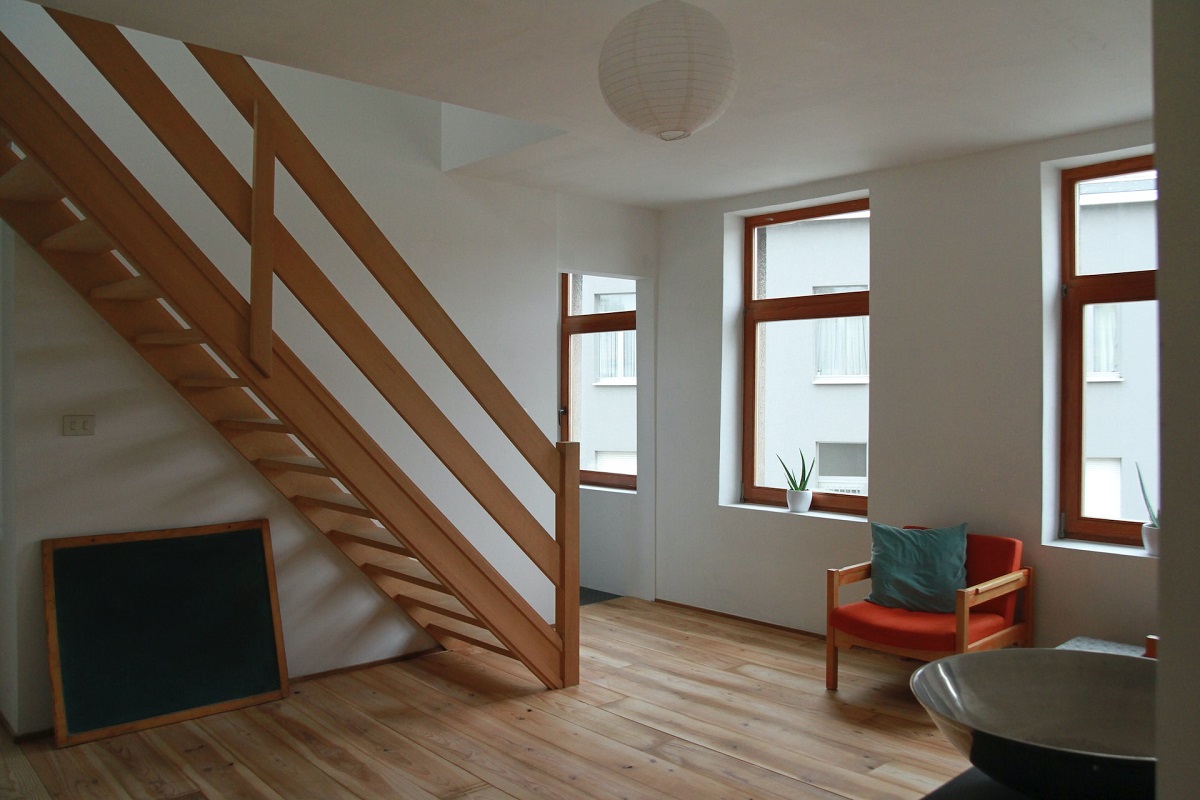


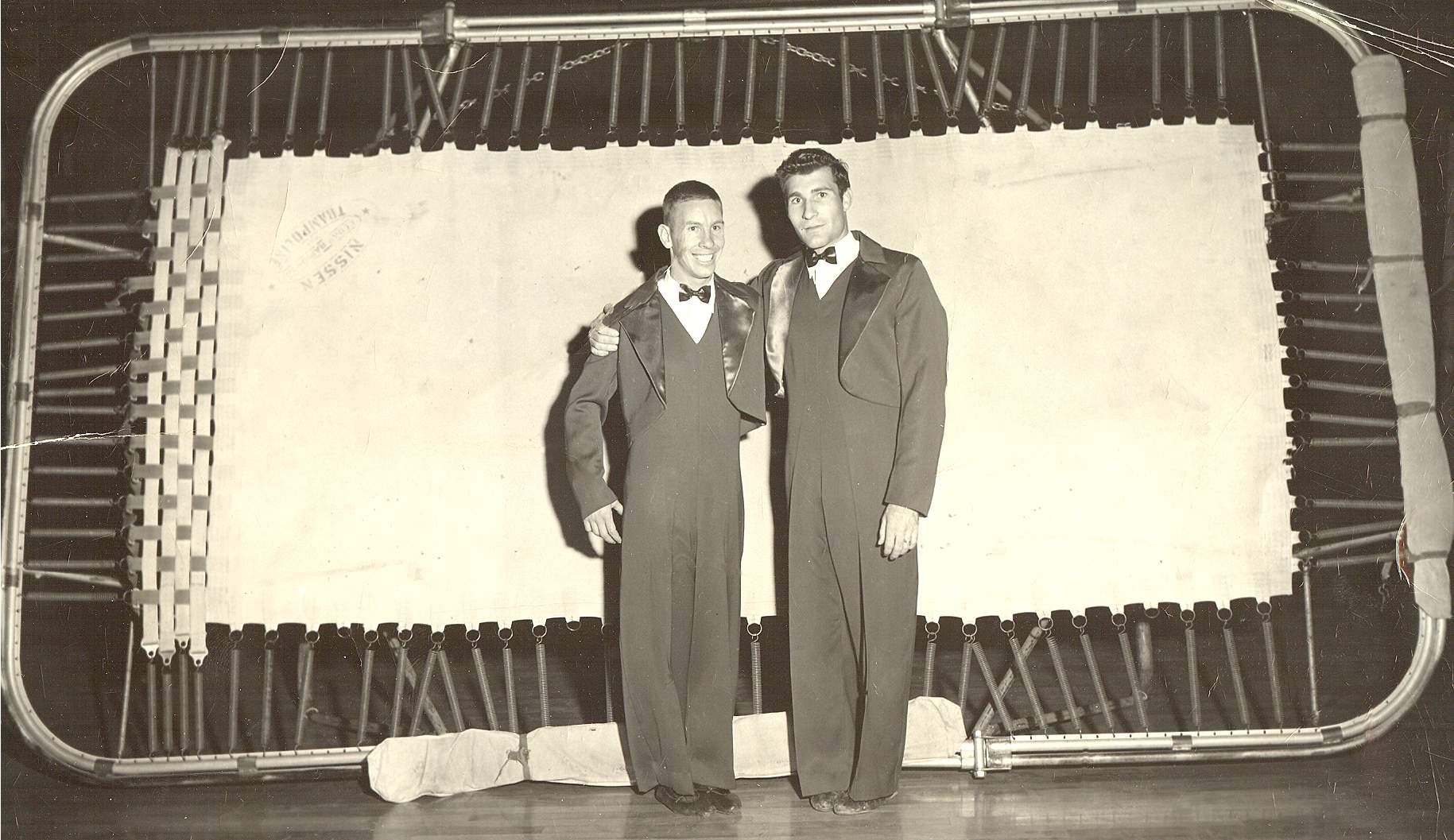




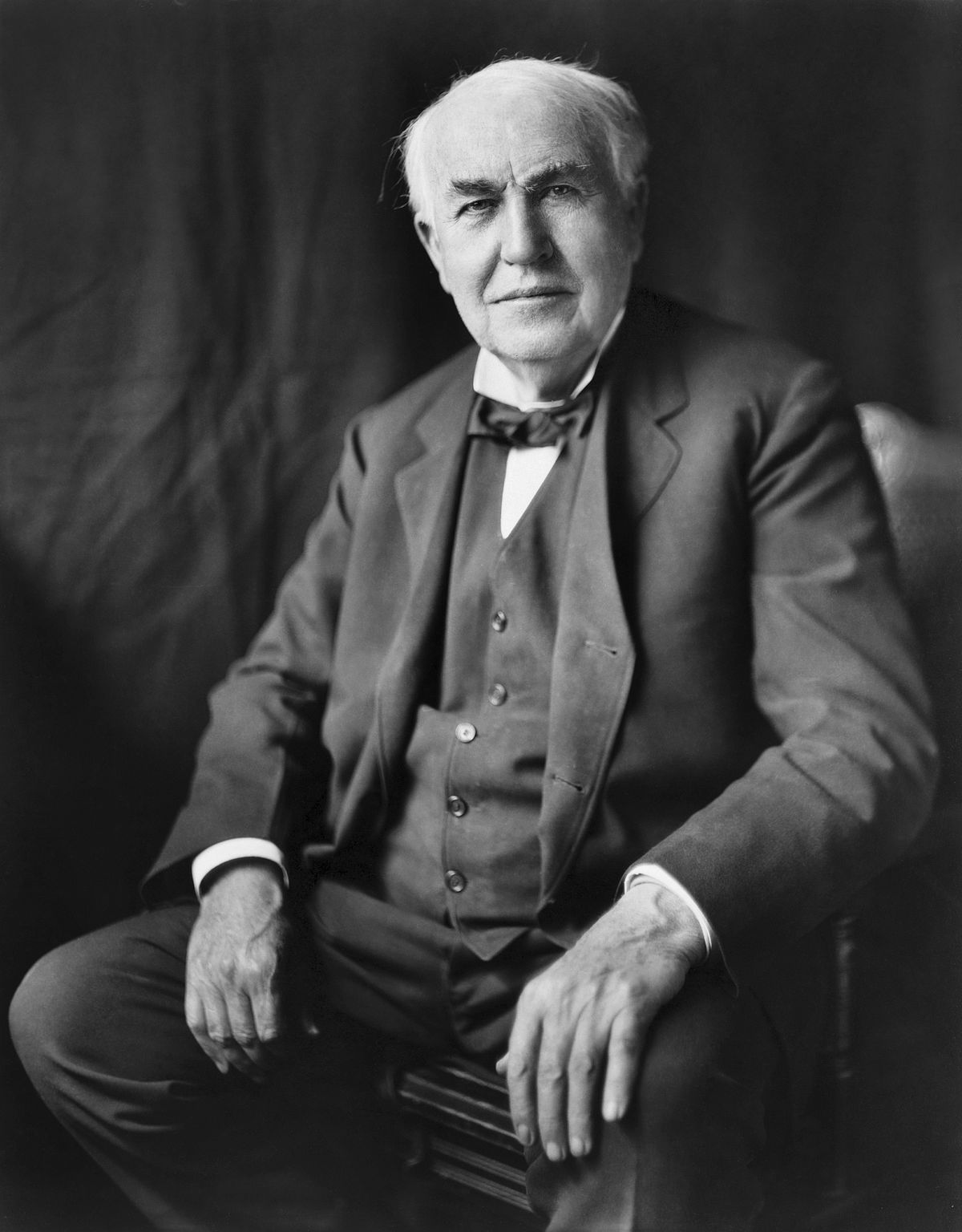
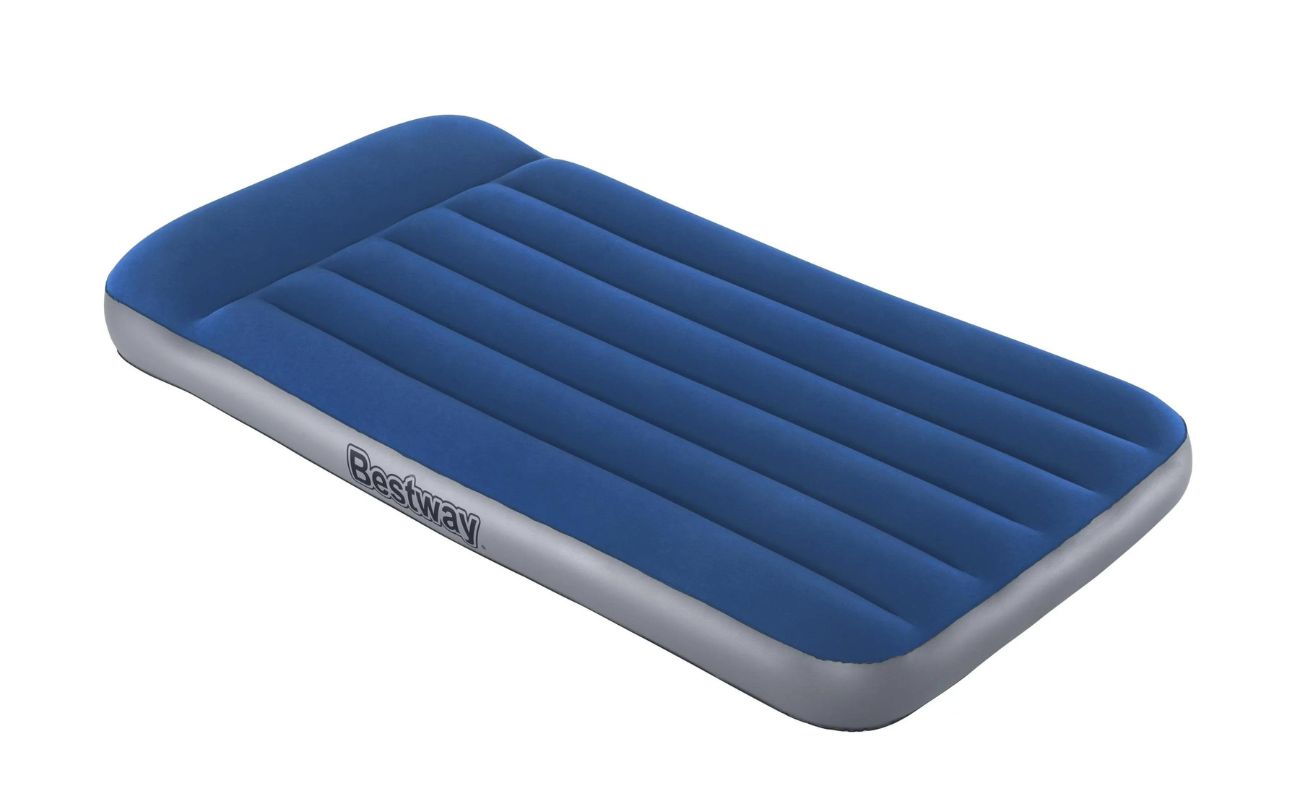




0 thoughts on “Who Invented CAD”